This is the first installment of our 3-part series explaining our all-new Gel-Core technology. We're eager to share this with the world; but first, a little background:
What is Gel-Core Technology?
Part 1: Background
Most pickleball players, whether they know it or not, are familiar with the material known as "nomex". It's a paper-like material that when paired with resin and shaped into a honeycomb configuration becomes an ultralight, semi-rigid structure ideal for sandwiching between two flat surfaces to create a light and stiff panel. If you've ever been in a commercial airplane, you were likely surrounded by nomex as it's a popular material for building aircraft interior panels. Its light weight and rigid properties are exactly what you want in an aircraft, and as it happens, also makes for a really great pickleball paddle. While we don’t have exact numbers, it’s very likely that millions of pickleball paddles have been made with nomex cores, generally paired with carbon fiber skins. This nomex/carbon fiber (or graphite, as many in the industry call it), has been an industry standard for many years.
The nomex/carbon panel, however, is not without its drawbacks. For one, it's expensive. In many cases, the paddle core accounts for well over half of the total cost of a paddle. Many manufacturers are keen to move away from nomex for this reason alone. For two, nomex/carbon paddles can be rigid and unforgiving, resulting in a paddle that may be unpredictable and can make that high-pitched and loud "pop" sound that we all know so well (and is often complained about by our neighbors).

In recent years, polypropylene ("poly") cores have gained popularity and have served as a great solution to both of these problems. Poly cores are significantly less expensive than nomex/carbon cores and are much more forgiving--essentially "softer". The rapid rise of the poly core is a result of these two major factors. Poly cores, however, aren't without their own flaws. In general, they lack the lively feel of a nomex/carbon core simply because the material itself absorbs more of the ball's impact energy. They're also generally quite a bit heavier, meaning compromises are made in other areas of the paddle to keep the weight at an ideal level.
These two popular paddle materials got us thinking about ways we could combine the best properties of each, while minimizing their drawbacks. This eventually led us to our Gel-Core Rogue SI and RSI paddles.
Continue reading... Part 2: The Gel-Core Hybrid Silicone-Infused Core

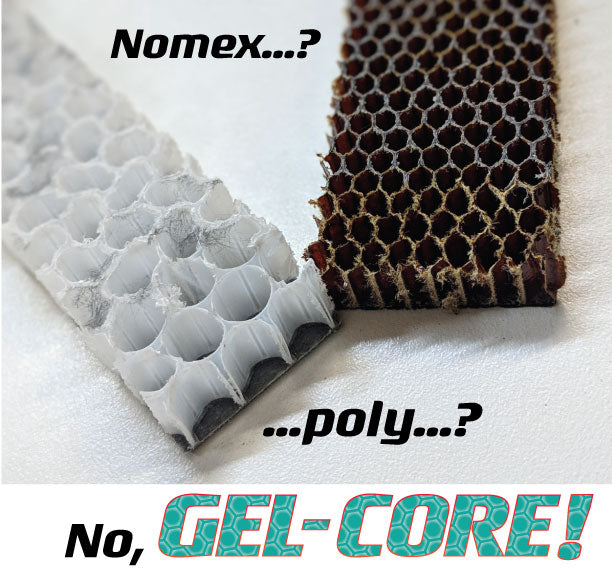
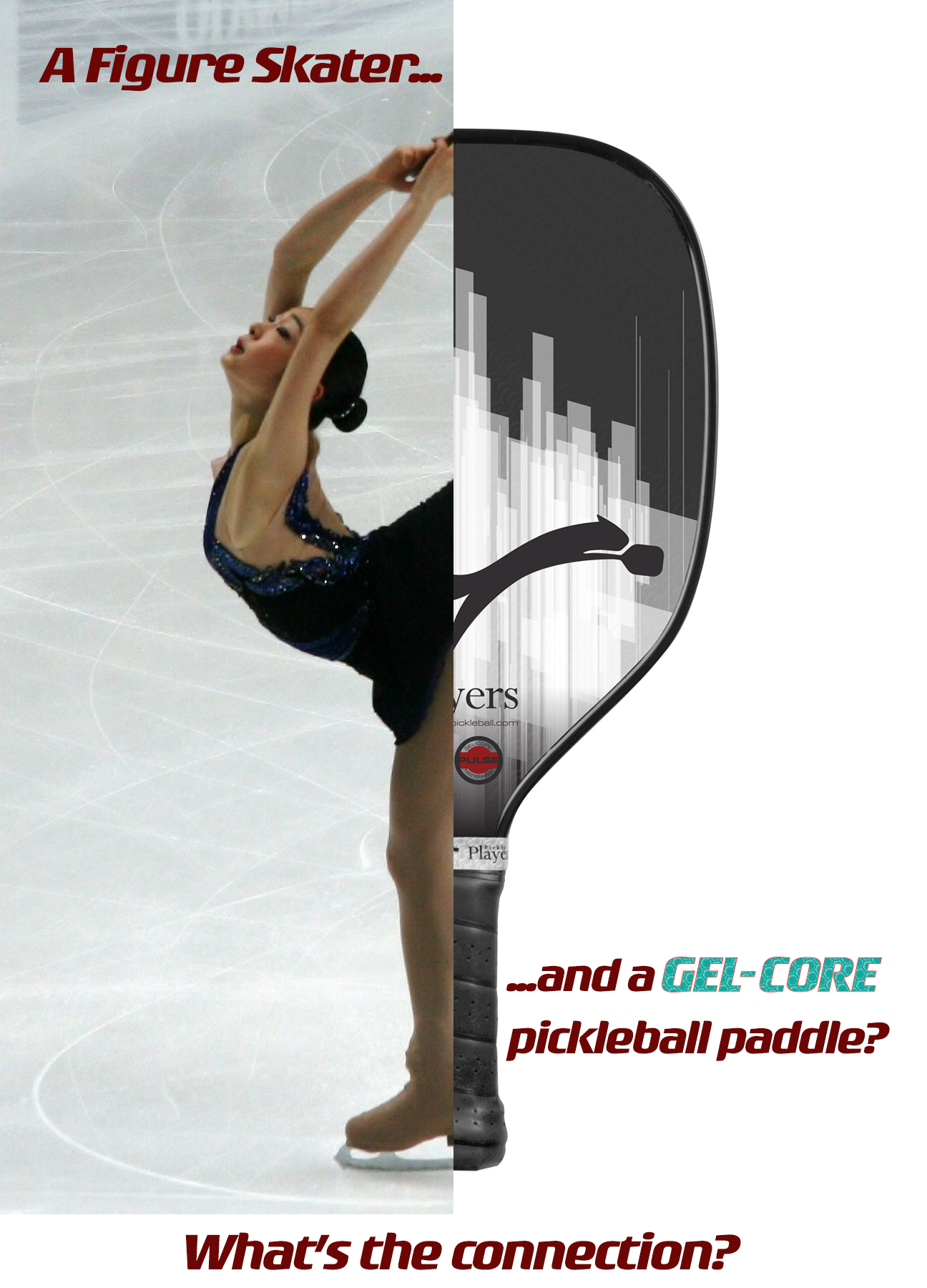
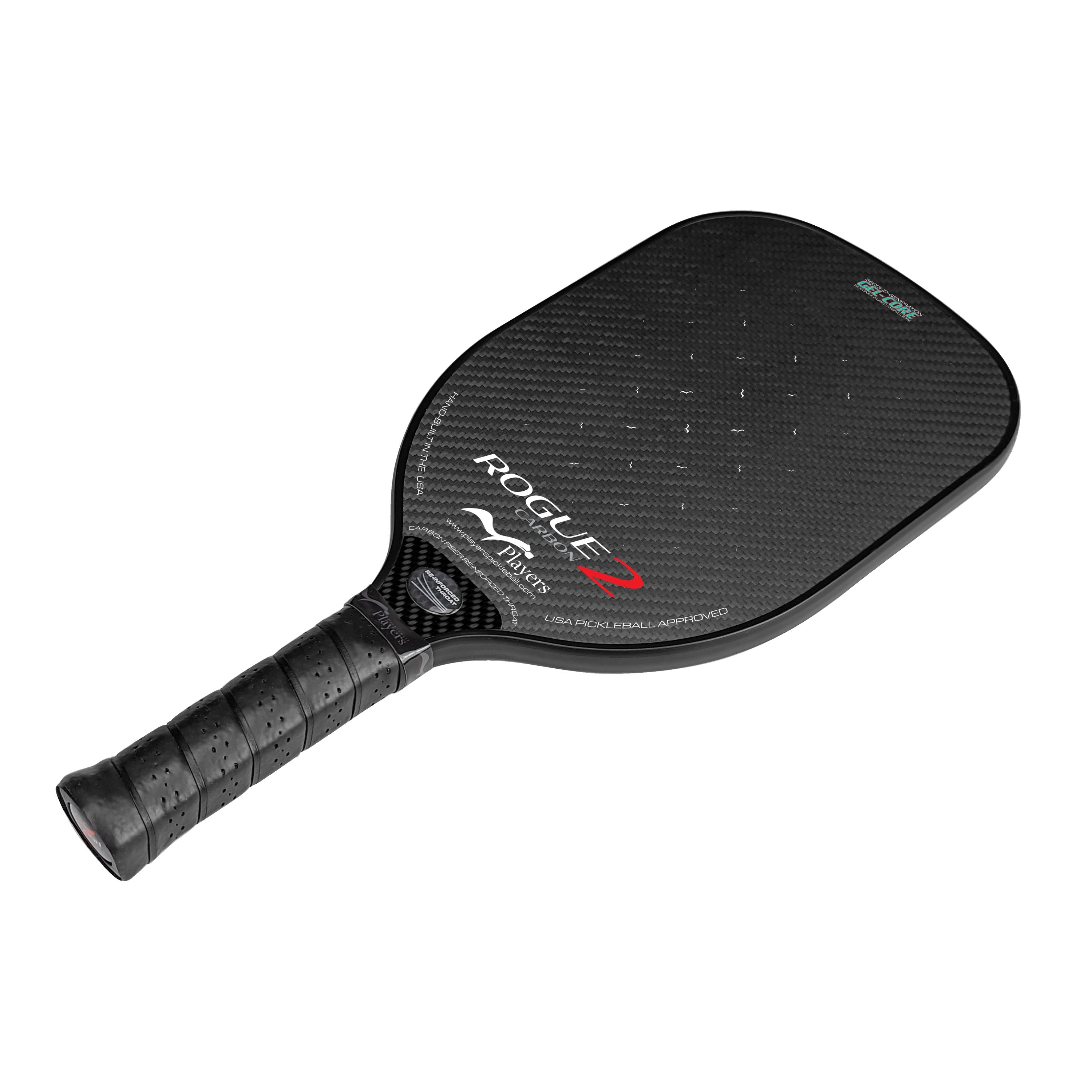
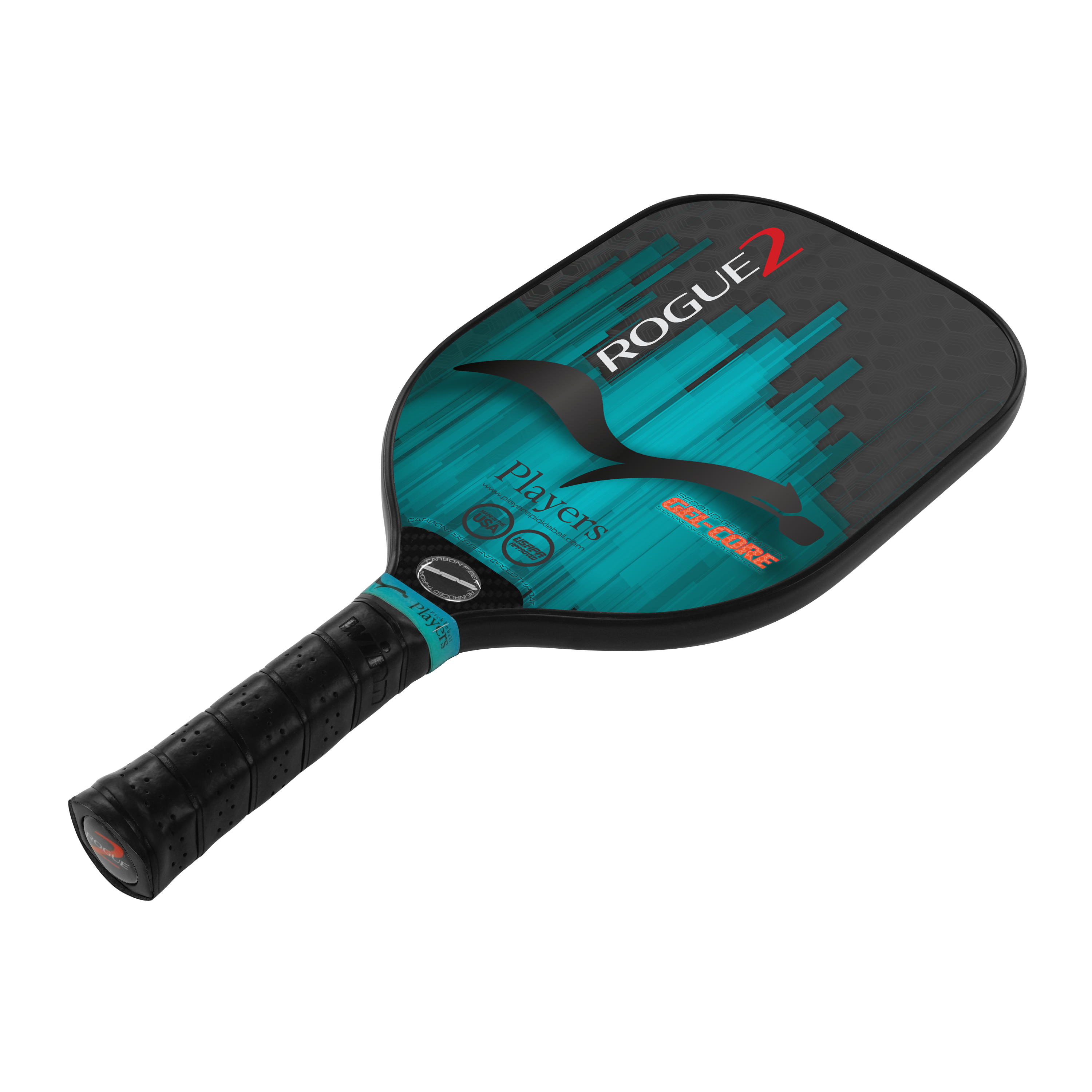
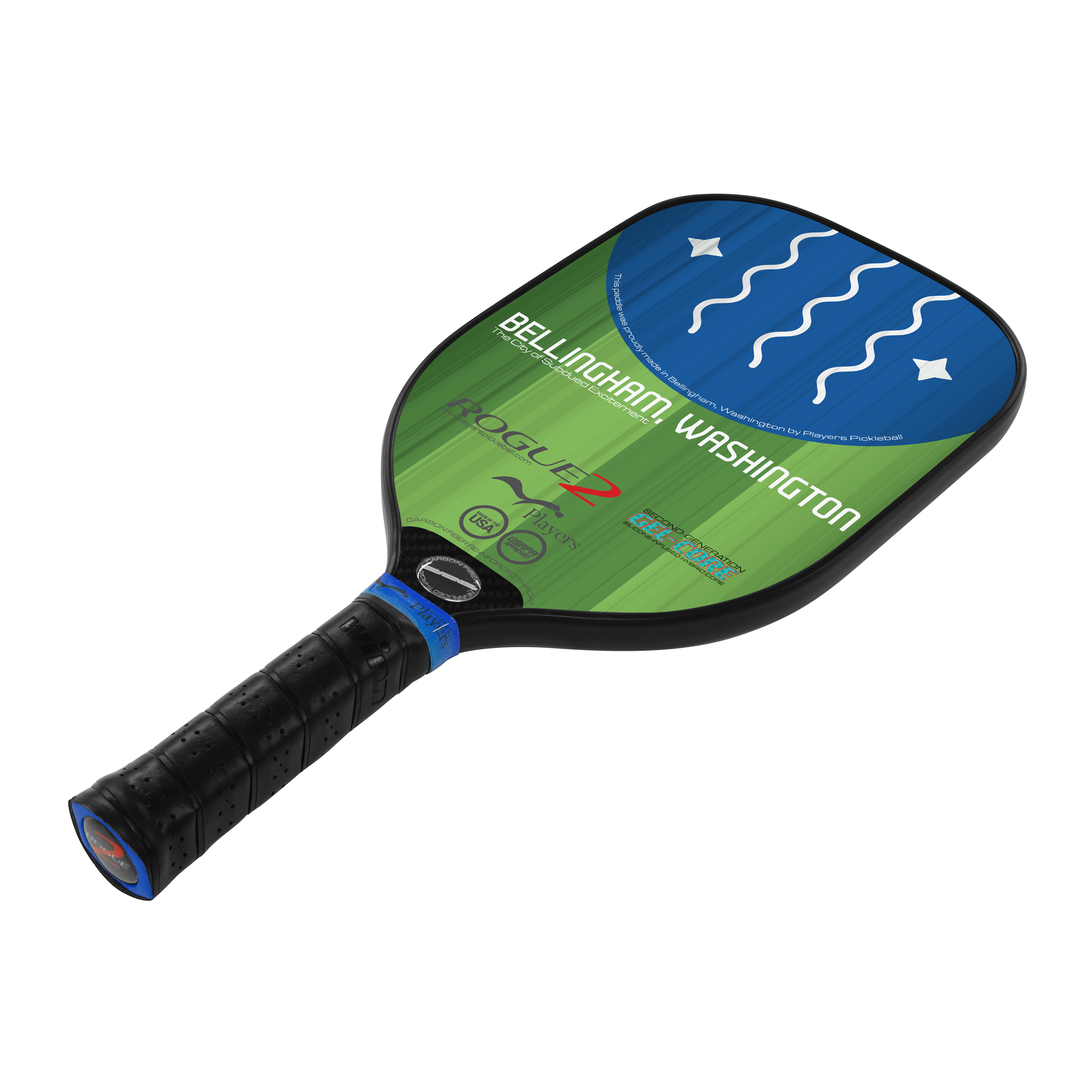
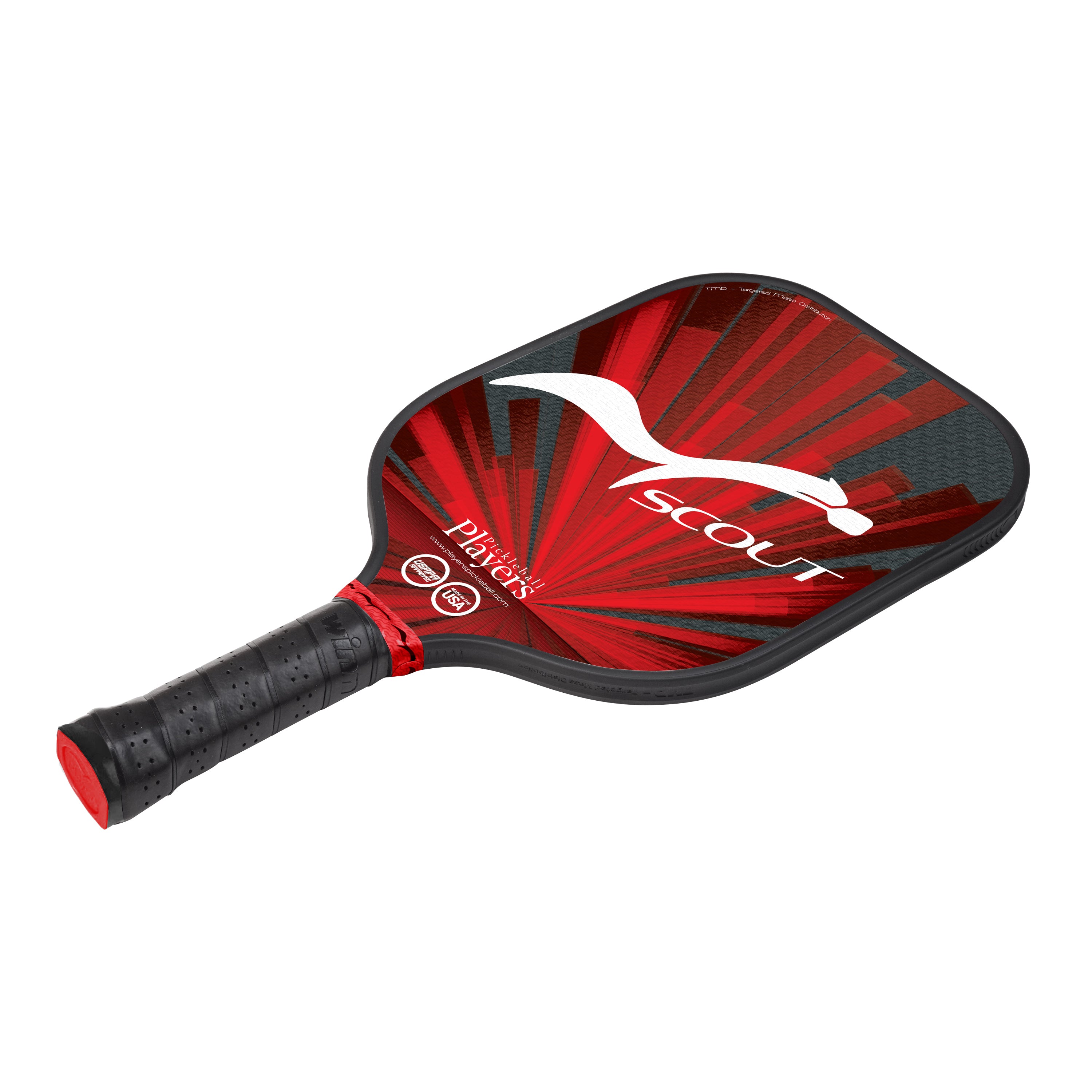
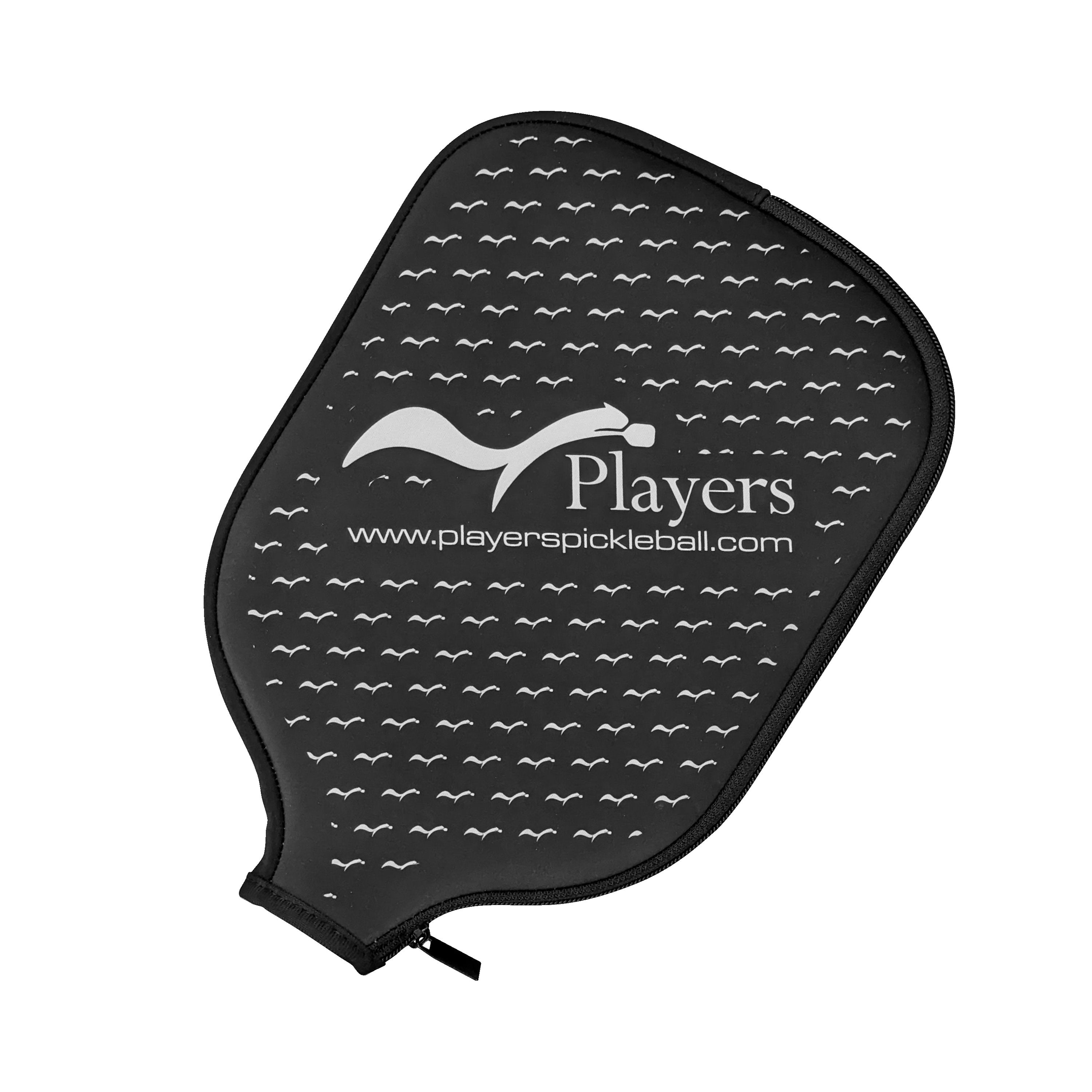

1 comment
Skip Sorich
Very interested in this new core. Thank you.
Very interested in this new core. Thank you.